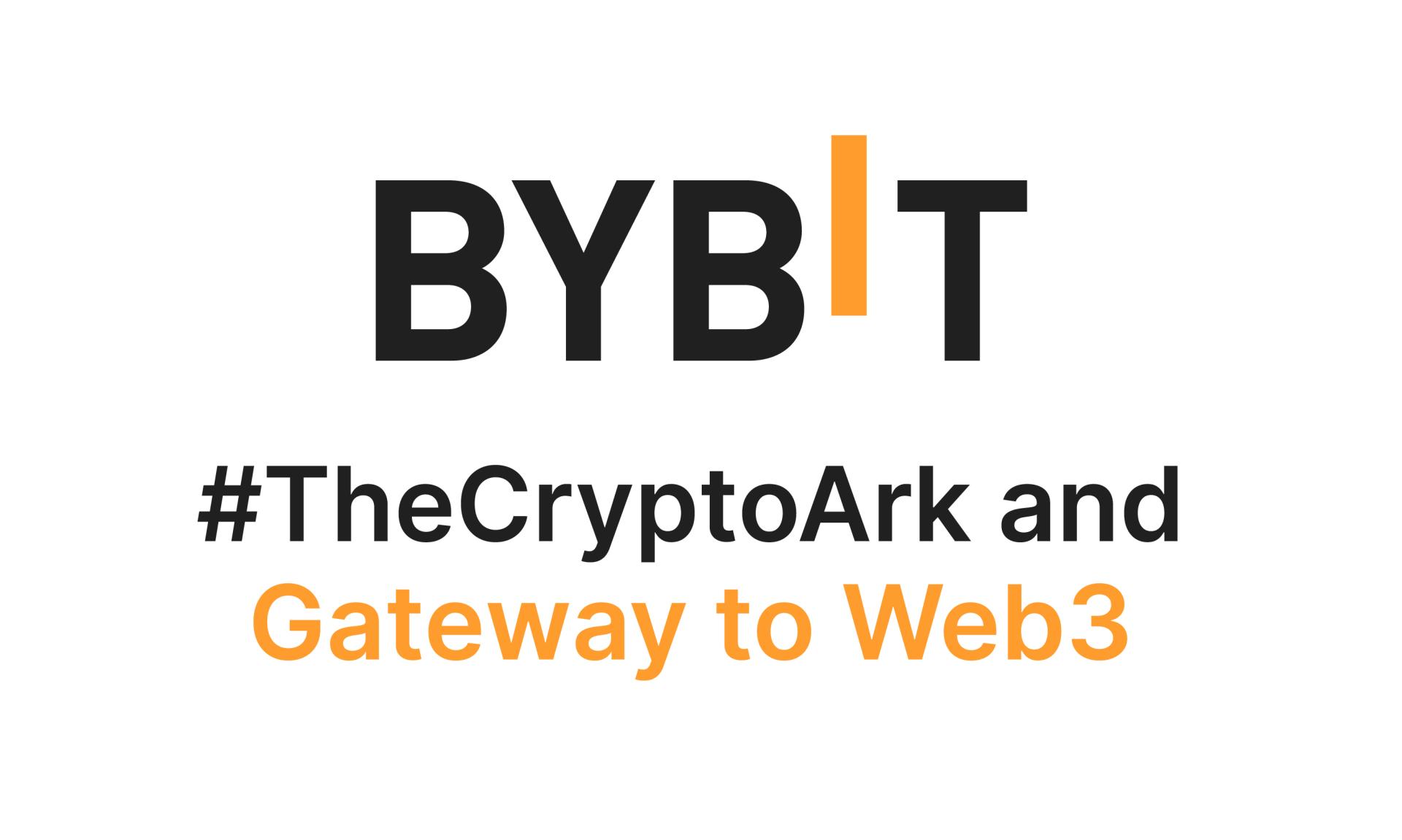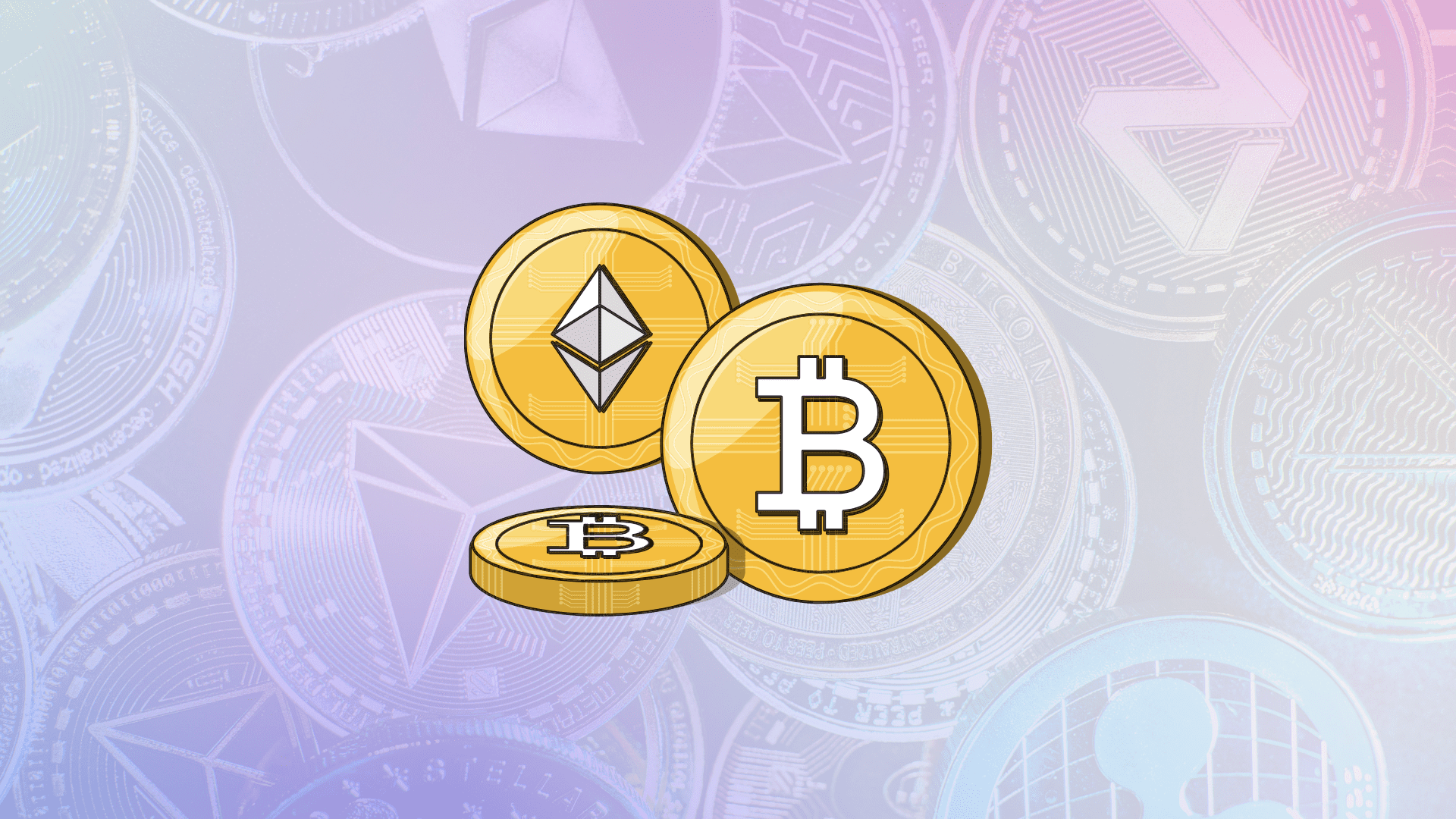At NFT Droppers, we provide the latest crypto news, in-depth project information, and comprehensive market insights. Launched in 2022, our platform covers new token launches, market trends, and detailed reviews of crypto and NFT projects. We offer reliable ratings based on 70+ evaluation factors, including tokenomics, roadmaps, and team authenticity. Whether you’re an investor or a crypto enthusiast, NFT Droppers keeps you informed with accurate, up-to-date information and expert analysis.
How to Fix Internal JSON-RPC Error
Table of Contents
The crypto world moves fast, and nothing stings worse than hitting a wall with an “Internal JSON-RPC Error” just as you’re about to make a trade, stake your tokens, or interact with a decentralized app (dApp). It’s like your wallet’s telling you to sod off at the worst possible moment. If you’ve been there, you know the frustration—your funds are locked, your transaction’s stuck, and you’re left wondering if you’ve just lost your shot at a market move. I’ve spent years wrestling with blockchain’s quirks, from gas spikes to smart contract hiccups, and I’m here to walk you through fixing this error with clear, no-nonsense steps. This guide is your battle plan to get back in the game, whether you’re a crypto newbie or a seasoned DeFi player.
What Is an Internal JSON-RPC Error?
Let’s break it down. JSON-RPC stands for JavaScript Object Notation Remote Procedure Call. It’s the tech that lets your wallet or dApp talk to a blockchain network, like Ethereum, Binance Smart Chain, or Polygon. When you send a transaction—say, swapping $100 of ETH for a token—the wallet sends a JSON-RPC request to the blockchain’s node. If something goes wrong in that communication, you get slapped with an Internal JSON-RPC Error. It’s not one single screw-up; it’s a catch-all for anything from network glitches to dodgy wallet settings.
Think of it like trying to order a coffee, but the barista’s machine is jammed, the Wi-Fi’s down, or they misheard your order. The result? No coffee—and in crypto, no transaction. Common culprits include incorrect gas settings, outdated wallet software, or a node that’s out of sync. Let’s cut through the chaos and fix it.
Why You’re Seeing This Error
Before we dive into solutions, let’s pinpoint why this error’s haunting you. Knowing the cause is half the battle. Here are the usual suspects:
- Network Congestion: Blockchain networks get busy, especially during market pumps or dumps. Too many transactions clog the pipes, and your request gets lost.
- Gas Price Issues: Setting your gas price too low (or sometimes too high) can make nodes reject your transaction.
- Wallet Misconfiguration: Your wallet might be pointed at a faulty or overloaded RPC node.
- Outdated Software: Running an old version of MetaMask, Trust Wallet, or your dApp’s interface can break compatibility.
- Smart Contract Bugs: If the dApp’s code is wonky, it might send malformed requests to the blockchain.
- Node Problems: The RPC node your wallet’s using could be down, slow, or out of sync with the blockchain.
Each of these can trigger that dreaded error message, but don’t worry—we’re about to tackle them one by one.
Step-by-Step Guide to Fixing Internal JSON-RPC Errors
Here’s your roadmap to squash this error and get your transactions flowing again. Follow these steps in order, and you’ll be back to swapping, staking, or bridging in no time. I’ve kept it practical, with costs in USD where relevant, so you know exactly what you’re dealing with.
Step 1: Check Your Internet Connection
It sounds basic, but a shaky Wi-Fi or mobile data signal can muck up your wallet’s ability to reach the blockchain. Restart your router, switch to a stronger network, or tether to your phone’s hotspot. Test your speed—if you’re below 5 Mbps, you might struggle with real-time blockchain requests. This step’s free, so rule it out first.
Step 2: Verify Network Congestion
Blockchain networks like Ethereum can get slammed during market volatility. Head to a block explorer like Etherscan’s Gas Tracker to check current gas prices and network activity. If gas is sky-high (say, $50-$100 for a simple swap), the network’s probably congested. You’ve got two choices: wait it out (usually a few hours) or pay the premium. Waiting costs $0, but if time’s money, adjust your gas settings (see Step 4).
Step 3: Update Your Wallet Software
Running an outdated wallet is like driving with a flat tyre. If you’re using MetaMask, Trust Wallet, or Coinbase Wallet, check for updates. For MetaMask, click the profile icon, hit “Settings,” and look for a version update. Mobile users, check your app store. Developers often patch JSON-RPC bugs, so staying current is key. Cost: $0. Time: 5 minutes.
Step 4: Adjust Gas Settings
Gas is the fuel for blockchain transactions, and getting it wrong can trigger errors. Open your wallet’s transaction settings. For MetaMask, click “Advanced Gas Controls” when confirming a transaction. Use Etherscan’s Gas Tracker to set a reasonable price—aim for the “Average” rate (e.g., 20-50 Gwei, roughly $2-$10 for a swap). Too low, and nodes ignore you; too high, and you’re burning cash. If your wallet auto-sets gas, toggle to manual and experiment. Cost: Varies, but expect $1-$20 per transaction.
Step 5: Switch RPC Nodes
Your wallet connects to the blockchain via an RPC node, and if it’s down or overloaded, you’ll hit errors. Most wallets let you switch nodes. In MetaMask, go to “Settings > Networks,” select your network (e.g., Ethereum Mainnet), and add a new RPC URL. Try public nodes from providers like Chainlist, which lists reliable options for free. For Ethereum, a node like “https://rpc.mevblocker.io” works well. Cost: $0. Time: 10 minutes.
If public nodes are slow, consider a paid service like Infura or Alchemy. Infura’s basic plan starts at $50/month, but it’s overkill for most retail users. Stick with free nodes unless you’re running high-volume trades.
Step 6: Clear Wallet Cache
Wallets store temporary data that can get corrupted, causing JSON-RPC errors. In MetaMask, go to “Settings > Advanced > Clear Activity and Nonce Data.” For mobile apps, check the app’s settings or reinstall (back up your seed phrase first!). This resets your wallet’s connection without touching your funds. Cost: $0. Time: 5 minutes.
Step 7: Test with a Different Wallet or dApp
Sometimes the problem’s specific to your setup. Try the same transaction with another wallet—say, swap from MetaMask to Trust Wallet. If it works, your original wallet’s settings are off. Similarly, test the dApp on another platform (e.g., Uniswap vs. SushiSwap). If the error persists, the dApp’s smart contract might be faulty. Check the dApp’s X account for outage alerts. Cost: $0-$5 (for test transactions). Time: 15 minutes.
Step 8: Contact Support or Community
If you’re still stuck, reach out to the wallet or dApp’s support team. MetaMask has a helpdesk at support.metamask.io; Trust Wallet offers live chat. For dApps, check their Discord or Telegram for community fixes—other users might’ve cracked it. Be wary of scams—never share your seed phrase. Cost: $0. Time: 30 minutes to a few hours.
Step 9: Use a Node Service (Advanced)
For power users, running your own node guarantees control. Tools like Geth or Nethermind let you host an Ethereum node, but you’ll need a beefy PC and 1-2 TB of storage. Setup takes hours, and electricity costs add up—expect $20-$50/month. For 99% of users, public nodes or services like Infura are enough. Only go this route if you’re deep in DeFi or building dApps.
Preventing Future JSON-RPC Errors
Fixing the error is one thing; keeping it gone is another. Here’s how to stay ahead:
- Bookmark reliable RPC nodes from Chainlist and rotate them monthly.
- Monitor gas prices via Etherscan before big transactions.
- Update your wallet every 1-2 months or after major network upgrades.
- Use dApps with active communities—check their X or Discord for real-time status.
- Keep $10-$20 in your wallet for gas to avoid last-minute top-ups during congestion.
These habits keep your setup lean and your transactions smooth, saving you headaches and cash.
FAQs About Internal JSON-RPC Errors
What does an Internal JSON-RPC Error mean?
It’s a generic error when your wallet or dApp fails to communicate with the blockchain, often due to gas issues, network congestion, or node problems.
Can I lose my funds because of this error?
No, your funds are safe unless you’ve sent a transaction that’s confirmed but failed (rare). The error usually means the transaction didn’t go through.
How much does it cost to fix?
Most fixes are free—adjusting settings, switching nodes, or updating software. Gas tweaks might cost $1-$20 per transaction.
Why does this error keep coming back?
Recurring errors point to outdated software, unreliable nodes, or dApp-specific bugs. Follow the prevention tips to minimize repeats.
Should I pay for a node service?
For casual users, free nodes are fine. Paid services ($50+/month) are better for developers or high-frequency traders.
Conclusion
Internal JSON-RPC errors are a pain, but they’re not the end of the world. With this guide, you’ve got a clear path to diagnose, fix, and prevent them—whether it’s tweaking gas, switching nodes, or just waiting out a network storm. Crypto’s a wild ride, and errors like these are part of the game, but they don’t have to stop you. Take control, lock in these steps, and keep your eyes on the prize: financial freedom, one transaction at a time. Got a persistent issue? Drop into a community like MetaMask’s Discord or hit up X for real-time tips from other traders. Now go make those moves.

Disclaimer: The information presented here may express the authors personal views and is based on prevailing market conditions. Please perform your own due diligence before investing in cryptocurrencies. Neither the author nor the publication holds responsibility for any financial losses sustained.
CRYPTO PAYMENT GATEWAY
 Crypto Cloud
Crypto CloudTOP EXCHANGES
BEST CRYPTO CASINO
BEST HARDWARE WALLET
 Tangem
Tangem
 Xyes Casino (Must Try)
Xyes Casino (Must Try) Stake.com
Stake.com Coins.Game Casino
Coins.Game Casino


